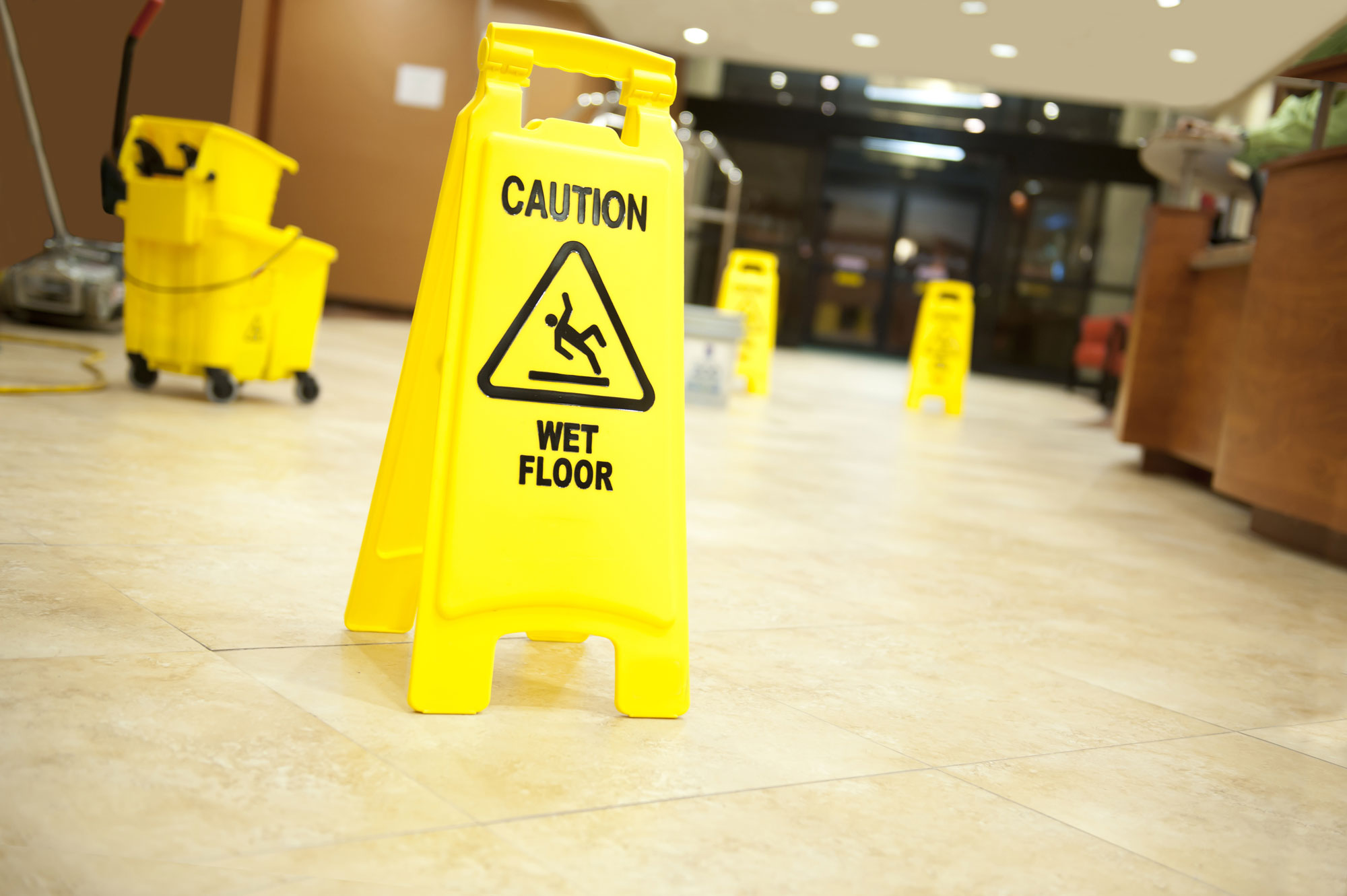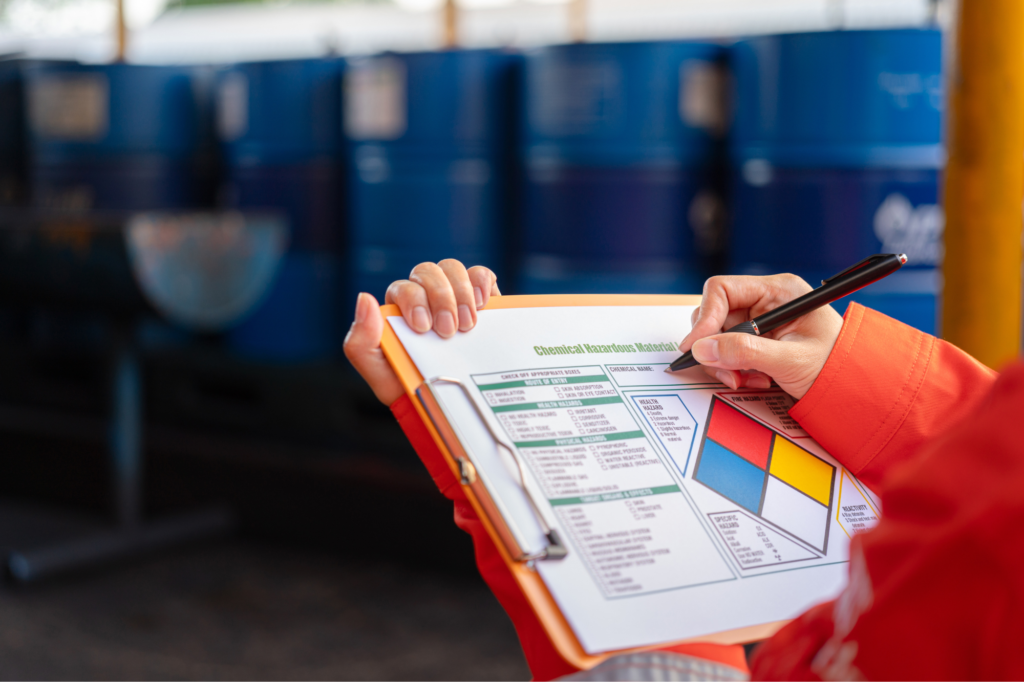
3 Key things safety managers should know about posting signs at work
Signs play a crucial role in our daily lives, appearing on the roadside, at crosswalks, and in restaurants. Moreover, signs are equally vital in the workplace, serving as key elements of safety. By strategically placing signs, injuries can be prevented effectively. As a safety manager, having a comprehensive understanding of the types of signs required, their significance, and proper placement is imperative.
Some workplace safety posters and signs are mandatory
Certain signs in the workplace are obligatory, adhering to the American National Standards Institute (ANSI) standards that define their size, text, color, and recommended viewing distance. Although these ANSI standards aren’t mandatory, they serve as the foundation for the Occupational Safety and Health Administration (OSHA) regulations that are. OSHA standards inform employees about hazardous areas and the specific nature of the hazards present. These hazards encompass a range of risks, including biohazards, wet floors, high-voltage areas, and radioactive materials. Accordingly, it’s crucial to install these signs throughout the workplace to ensure the safety and well-being of all employees.
Some workplace safety signs serve simply as helpful reminders
In addition to mandatory signs, there are also signs that serve as helpful reminders in the workplace. For instance, a sign reminding employees to turn off the lights acts as a helpful prompt for those who may become preoccupied and forgetful. Similarly, other crucial signs include those indicating fire extinguishers, fire alarms, and emergency escape routes. While these signs may not explicitly indicate hazards, they remain important to ensure the safety of employees by providing them with the necessary information about fire prevention and emergency procedures.
Sign and poster location is key
Sign placement is of the utmost importance , as it determines their effectiveness in promoting safety. While ANSI standards do provide location guidelines for many hazard signs, it’s essential to use common sense when placing signs in the workplace. Striking the right balance is crucial signs should be near the hazard to maintain relevance but not too close to other hazards. Clustering too many signs together can confuse workers with conflicting messages. Additionally, it’s vital that employees can clearly see the signs before reaching hazardous areas. If a sign can’t be seen before entering the hazardous zone, relocation is necessary for improved visibility.
The importance of signs in the workplace can’t be overstated—they’re essential for ensuring the safety of employees. Human beings can be prone to forgetfulness, and signs serve as important reminders of the potential dangers present in the work environment. By effectively using signs, employers can keep safety at the forefront of employees’ minds and significantly reduce the risk of accidents or injuries.


